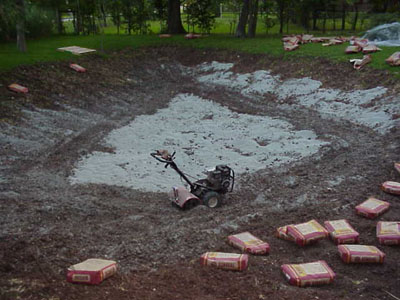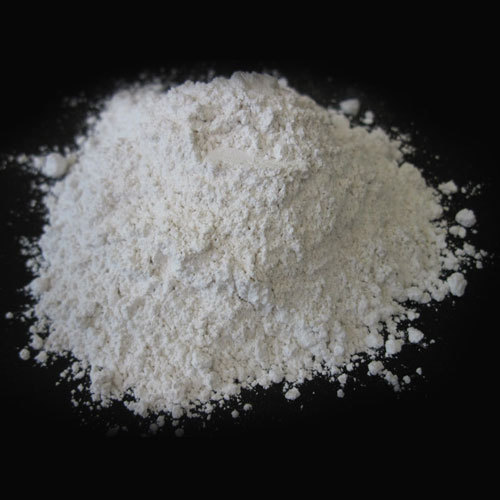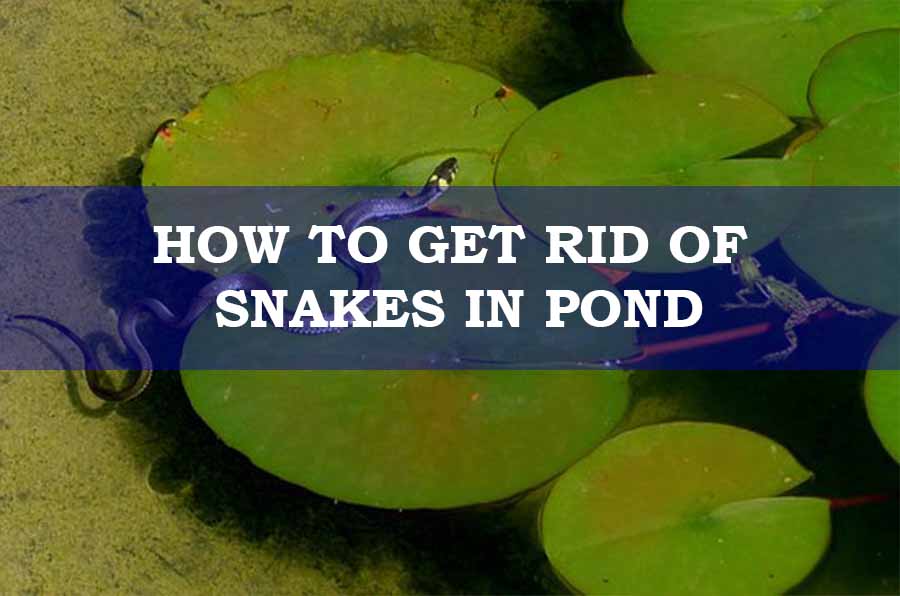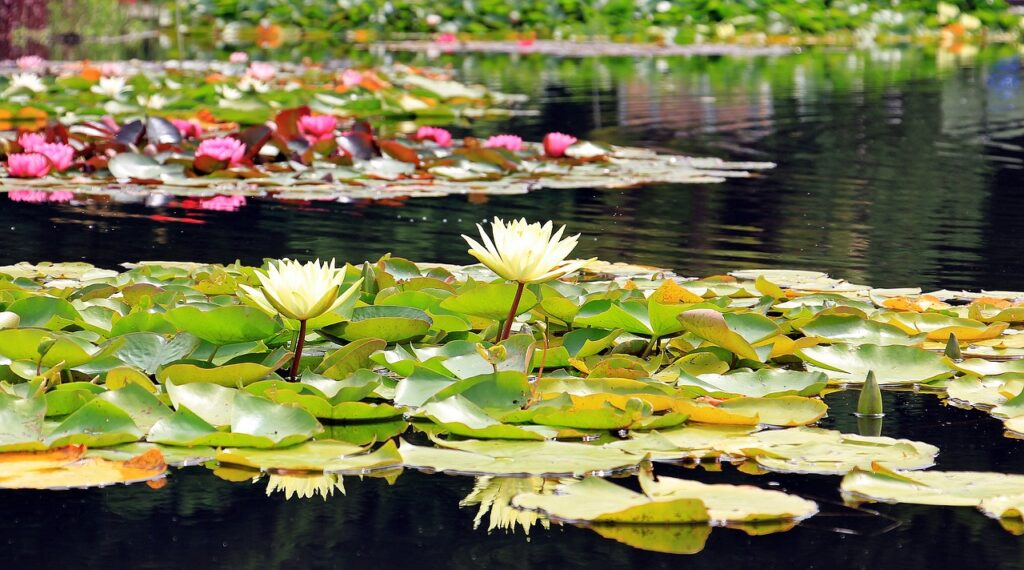A pond needs to be kept clean and healthy for enhanced aquatic life and the surrounding environment.
Sediment, silt, and other materials can be deposited in the pond bottom and can be harmful to pond habitat.
Dredging is the best process to keep your pond clean and stop excessive weed growth.
In this article, I will discuss how to dredge a pond economically. First, I will talk about pond dredging techniques and equipment. Then I will discuss how you can do it yourself for a small pond.
Before that, let’s see when your pond needs dredging.
Table of Contents
When You Should Dredge Your Pond?
If your pond needs dredging, then you will see the following signs –
Excessive Weed Growth
If too many emergent pondweed growths are noticeable then it is a clear sign that the pond has lost its depth.

When the entire pond starts to grow more weed, it’s time to dredge it. The increased phosphate levels that are created when organic matter starts decaying will start a chain reaction of plant and algae growth that cannot be reversed by any other means effectively other than dredging.
Low Water Transparency
Dirty or murky water is another sign that the sediment at the bottom of the pond needs to be removed.

When the water takes longer than usual to clear after a heavy rain, it’s a sure sign that the pond needs dredging. Such dirty water negatively affects the fish as well as the surrounding areas.
Filthy Odours
If you find your pond water smelling unpleasant, the harmful byproducts that create when organic matter decomposes have reached a critical level. There is likely a substance imbalance or build-up of waste causing the problem.

Methods of Pond Dredging
Mechanical Dredging
Mechanical dredging is a very old solution for removing muck, weeds, sediment, and other harmful materials from your pond.
In this method, the pond should be drained completely and all aquatic life must either be relocated or killed off.

For a small pond, hand excavation tools can be used. For large ponds and lakes, a mechanical excavator is the best way to go.
Again, once the dredging is finished, the sediments can settle back to the bottom of the pond, and much of the dredging benefits are lost. So the excavated materials should be relocated far from the pond.
Hydro-Raking
This method is frequently chosen as a method to remove nuisance aquatic vegetation, root structures, debris, and soft organic sediment on a smaller scale waterbody.
The hydro-rake is a floating barge upon which a backhoe is mounted with a digging bucket or rake. It is capable of removing accumulated muck in water as shallow as 18 inches.

Hydro-raking can effectively target organic sediment accumulations in coves and other shallow areas that provide nursery sites for aquatic plants and algae.
If a pond is periodically maintained through hydro-raking, the need to perform a large-scale dredge project may be eliminated, and ecological disruptions can be minimized.
Sediment Removal Solution (SRS)
SRS uses scuba divers and high-volume suction pumps to suck the sediment out without harmful repercussions of conventional dredging.
The sediment is simply pumped to another location, either allowed to be absorbed into the surrounding landscape or contained within a geotextile container. This container passively filters out the water allowing the sediment to completely dry.
Later the dry material can be hauled away usually at a fraction of the cost of hauling wet material.
The SRS of Ohio approach to restoring ponds is environmentally friendly, far less invasive, and leaves little to no ecological footprint behind unlike commercial dredging. It’s a great alternative to traditional dredging techniques.
Organic Sediment Removal System
High-volume suction pumps are used with a suction head to remove the bottom sediments.
This not only removes the sediments, but also the toxic gases, nutrients, and foul odors caused by the decomposition of the organic sediments by anaerobic bacteria. The bottom is restored to its original depth.
The process is extremely efficient. It can also remove loose clay, rocks, and sand, freeing up covered springs, irrigation systems, culverts, and cisterns.
Results are :
- Rebuilding of the natural bottom without disturbing existing water life.
- Reduction of toxic gases, weeds, and algae
- Cost of up to 75% less than mechanical dredging
- Cleaner water and a healthier ecosystem, increasing property values
- Great fall in chemical usage
Hydraulic Dredging
Hydraulic dredging doesn’t use a “scoop” to remove the silt. It works more like a vacuum cleaner to suck up and filter the bottom to remove contaminants and create depth.
Geo-bag is a very big factor in this process. The vacuum pump drives the silt, sand and waste into a Geo-bag located elsewhere. The solid material that is pumped from the pond, dry in the bag. And then simply remove the bag with a special rollback truck and container.
The cutter head is controlled hydraulically and can be moved up or down by the barge operator. Barge and equipment can be moved using a new hydro mast. It’s a huge advantage for working around high-end developments and ponds/lakes that are not accessible by heavy equipment.
Once the silt has been disturbed, it is sucked through a vacuum pump and sent through a hose directly to the Geo-bag or discharge area. The hose or pipe is attached to the back of the barge and suspended near the surface of the lake. A small skiff can move the hose or pipe as the barge changes the dredging location.
Suction Dredging System
Suction Dredging operates by a diver extracting silt and water together and pumping it to the desired location. The most cost-effective method involves pumping the material into a field and letting the water and sediment dissolve and be absorbed into the ground.
The second option is to pump the silt and water into a dewatering bag that sits on your property. It pumps a low volume of water and a high concentration of solids. Then separate and manage the spoils and return water with ease. Water filters out with good clarity.
It passes through a permeation sector where it’s filtered to an even cleaner level. Then it’s allowed to return to the source. The remaining water slowly leaches out and over a short period, the silt contained in the bag will harden and can then be removed.
This process is done by the machine named “Dirty-Dredger” invented by AE (Aquacleaner Environmental).
How to Dredge A Pond Yourself
If you have a small garden pond and you consider to dredge it yourself, there are several methods you can follow.
Dredging A Pond By Hand
For this method, you have to transfer all the fish to a stock tank. The second step is to drain the pond completely.
After draining the pond, the first thing you will need to remove is the large debris and aquatic vegetation. You can simply use your hand to remove them but make sure you wear a good pair of gloves.
Afterward, you have to remove the semi-solid sediments. A bucket will be good for this purpose.
You may also find some solid deposits. For removing the solid material you can use hand tools like how or shovels.
Using a Dredge Pump
If you find that the depositions in your pond are mostly semi-solid, then using a dredge pump will be effective to remove them. You can also use a trash pump. Renting one of these won’t be hard.
Dredge pumps are centrifugal pumps that can suck semi-solid materials. Before using the pump, relocate the fish to a stock tank.
While dredging our pond with a dredge pump, make sure you locate the inlet of the pump at various locations of your pond so that the sediments can be collected effectively.
Using a Pond Vacuum
If you have a small garden pond, dredging is possible with a pond vacuum to some extent.
Pond vacuum can remove silt build up and debris from the pond bottom.
A garden pond generally loses its depth due to accumulated fish waste, dead pond plants, and silt. If you regularly remove these things using a pond vacuum then it’s easy to maintain the original depth of our pond.
You can find some good pond vacuum here.
Why You Should Dredge Your Pond
Dredging your pond will be very beneficial for you. There are some important advantages of dredging a pond.
Increased Property Values
Well maintained ponds look good and increase the property value of the surrounding areas. The University of Maine performed a study that showed water clarity improved property values anywhere from $11/ft. to $200/ft.
Creates Valuable topsoil
Dredged up organic matter can often be used as valuable topsoil. This soil will help nourish the grass and other plants. It will also disperse quickly and evenly due to the high-water content.
Improves Eco-system
Improved water quality is key to a healthy pond that can self-regulate. It helps increase the overall count of beneficial bacteria which helps reduce the amount of solid organic waste at the bottom.
It also improves the quality of life for fish and other aquatic plants and animals. Fishing opportunities also improve, which can be directly tied back to improving property values
How Often Should You Dredge Your Pond
The frequency of dredging is not based on a time frame, but rather water quality and sediment build-up as each one is different.
Three key factors to look at when evaluating if it is time to dredge include:
- Is mud/sediment easily stirred up with activity (such as boats entering or leaving the water) around the shallower sections of water?
- How is the water quality? Does it take a while for the body of water to clear up after a storm?
- Is the body of water having problems irrigating?
If one or more of these issues describe your body of water then it may be time to dredge.
Are There Any Disadvantages of Dredging A Pond
There are some of the possible environmental fallouts from dredging. There is a possibility of disturbing the natural ecological balance of the pond through the direct removal of aquatic life. Eliminating organisms or plants that are providing food for your fish, could have a dramatic effect on your fish production and health.
Sediment released from dredging activities can potentially cover and destroy fish feeding and breeding habitats.
Dredging can also release additional amounts of nutrients which can cause pond eutrophication. This can result in the depletion of oxygen and potentially the death of fish and other aquatic organisms.
To eliminate this from happening before dredging you should consider installing a pond aeration system in your pond. This will provide additional levels of oxygen for your fish and other wildlife.
For some good pond aerators, you can check this link.
How Much Does It Cost to Dredge A Pond
When estimating the cost of dredging, there are three main questions to answer :
- How much material is there to dredge?
- Where can you put the material that is coming out of the pond?
- What is the nature of the material to be dredged?
To determine the quantity of muck, a bathymetric and vegetation survey must be performed through the entire body of water to provide water depth information. At the same time, a sediment survey can be conducted to gather information about the thickness of the sediment.
By following this process, you can estimate the cost of your pond dredging efficiently.
We have kept everything in our minds. This article is for every kind of pond owners.
We are suggesting some pieces of advice for you :
If you have a small pond or garden pond, then using the Hydro-Raking method or DIY method could be very useful.
On the other hand, if you have a big pond or farm pond, then you can choose Sediment Removal Solutions (SRS), Organic Sediment Removal System, Hydraulic Dredging Technique, or Suction Dredging System.
For a medium-sized pond, you can choose any methods except the DIY method.




